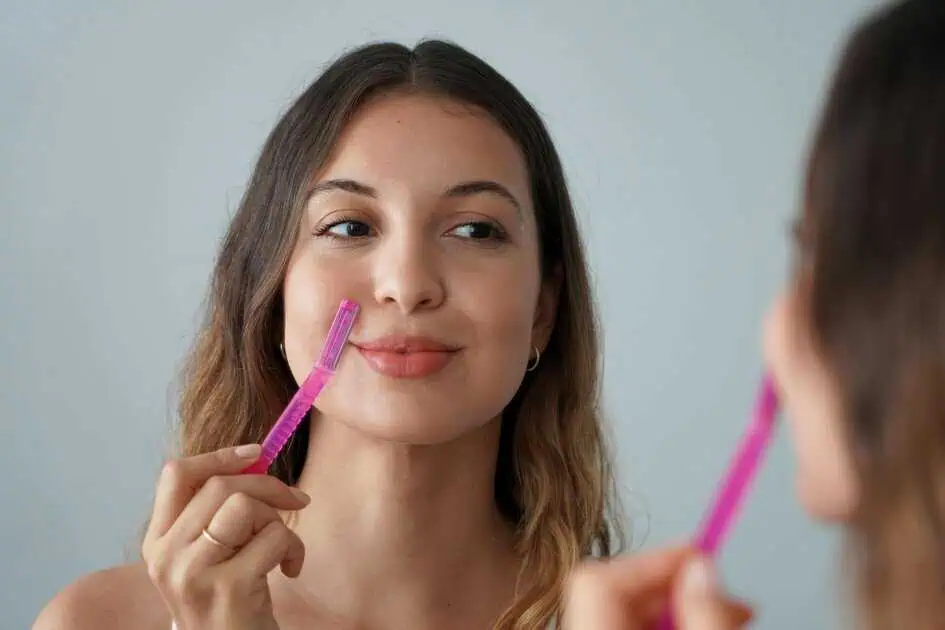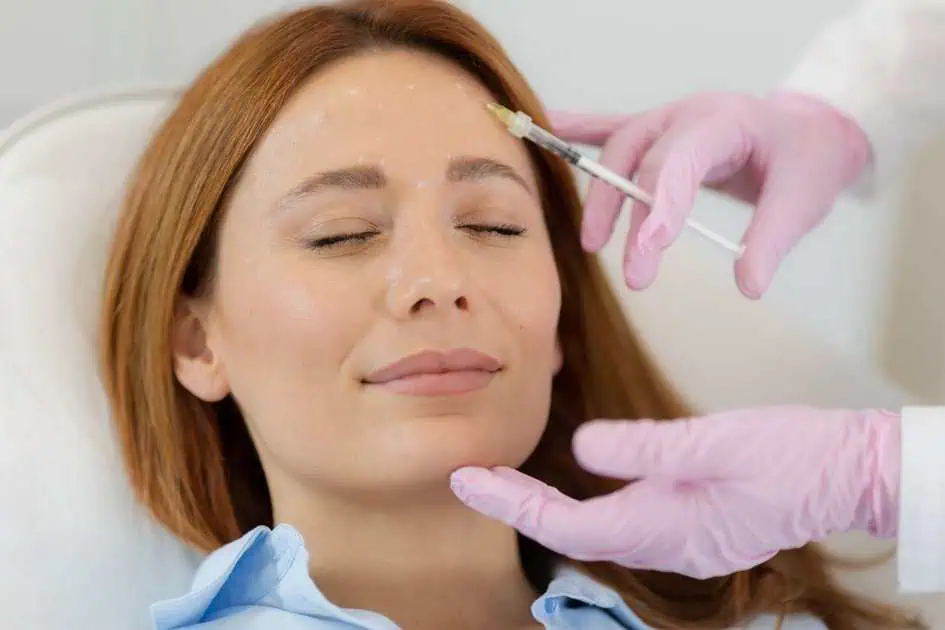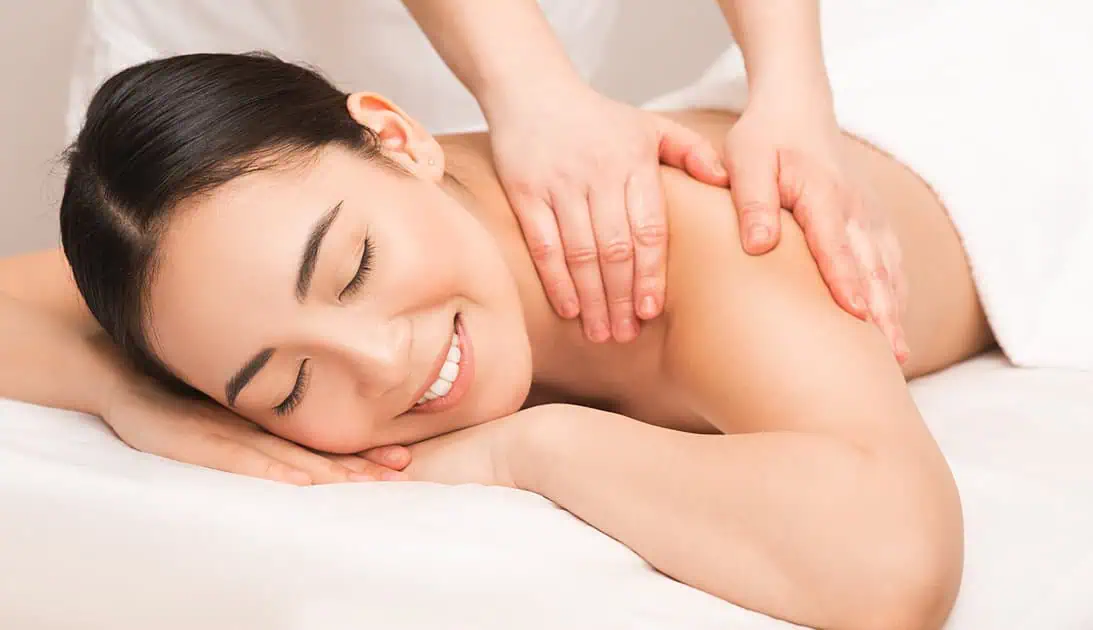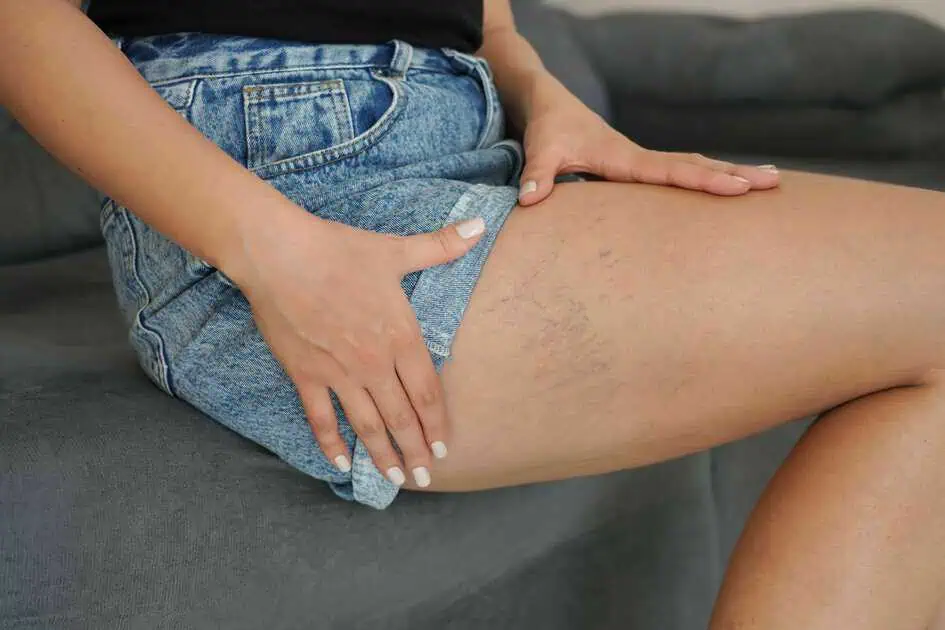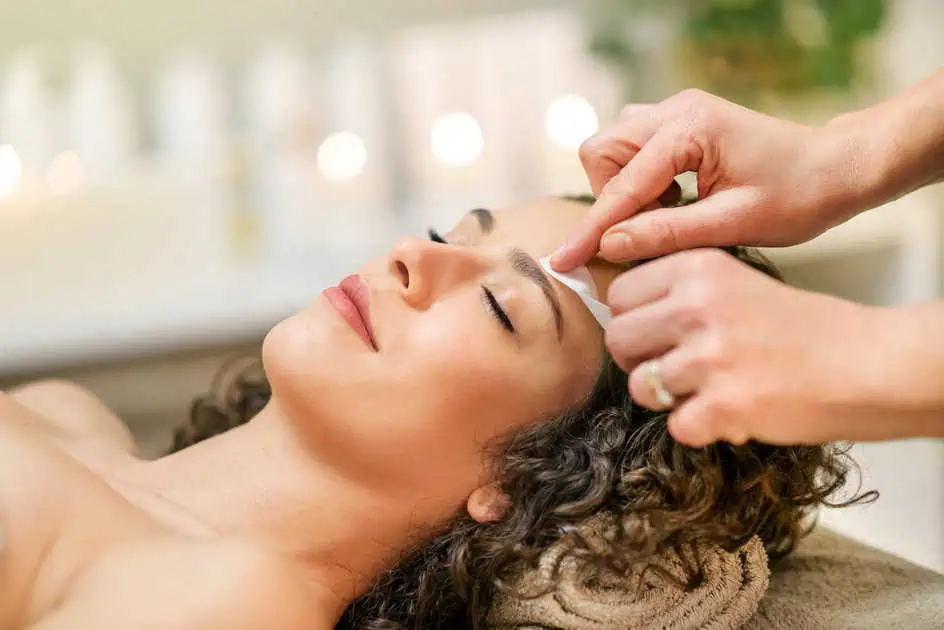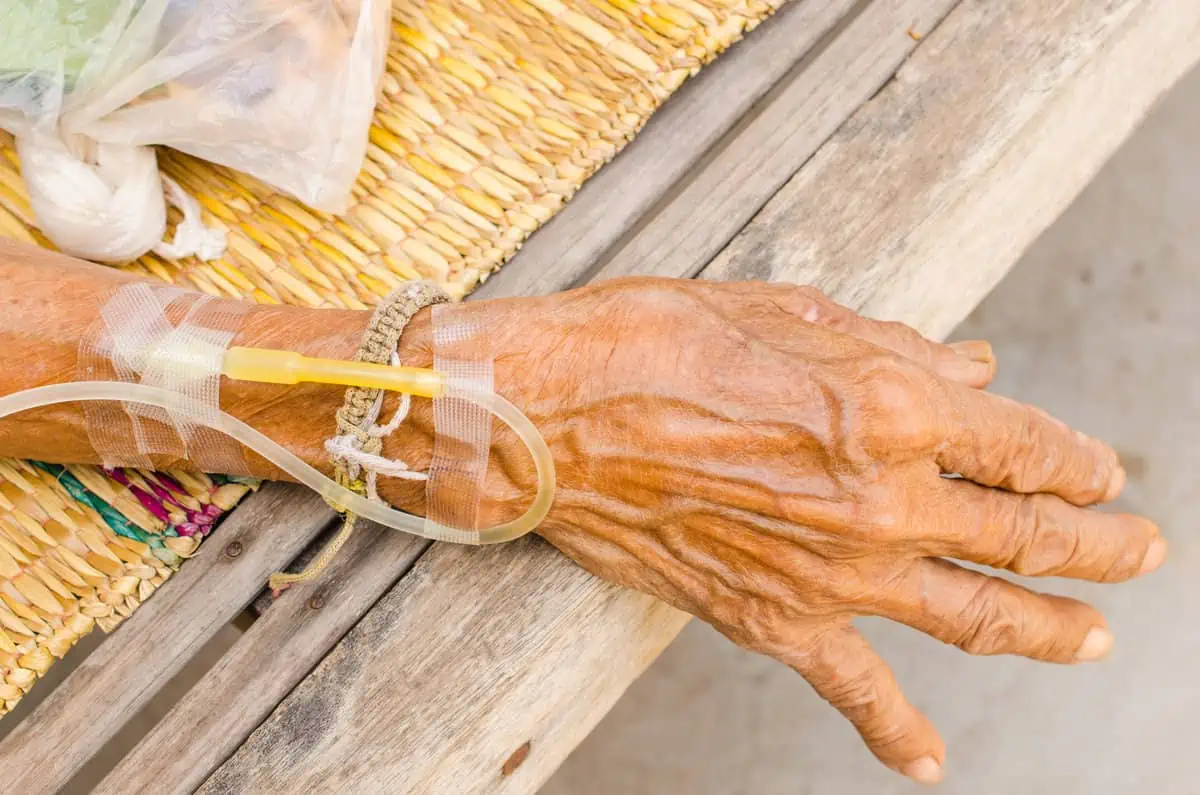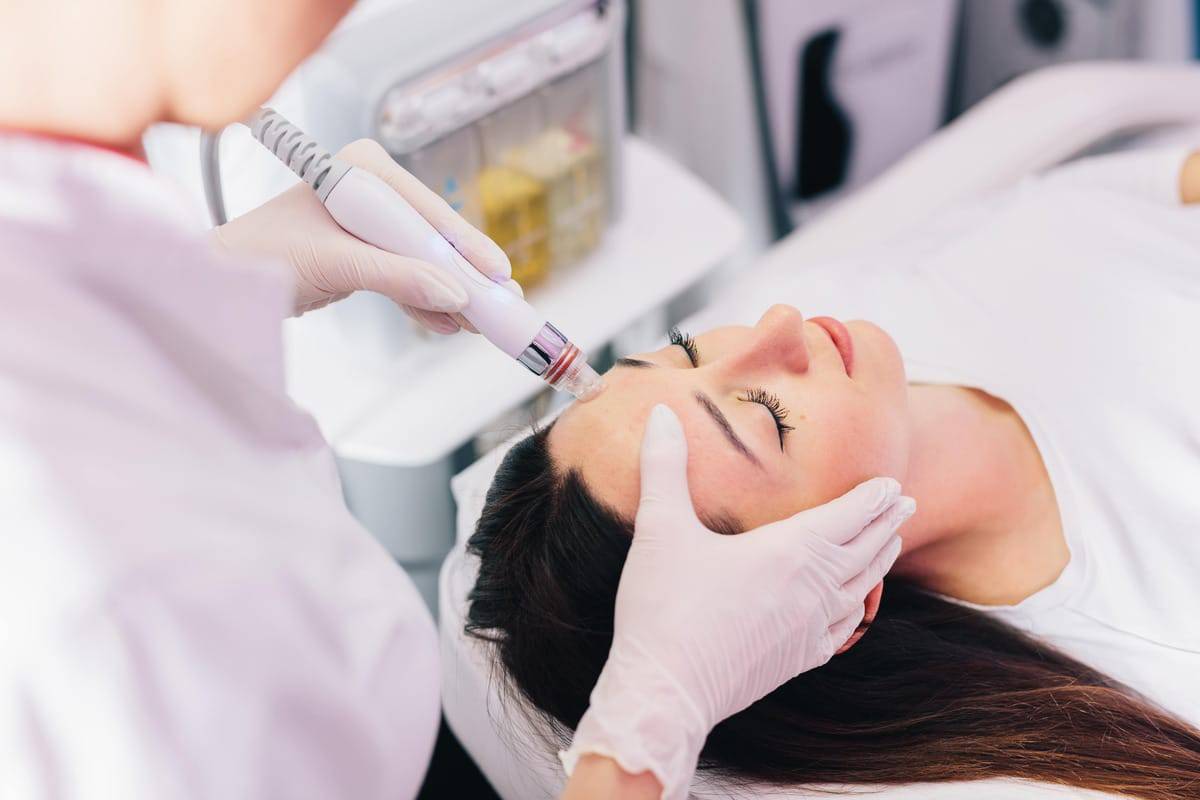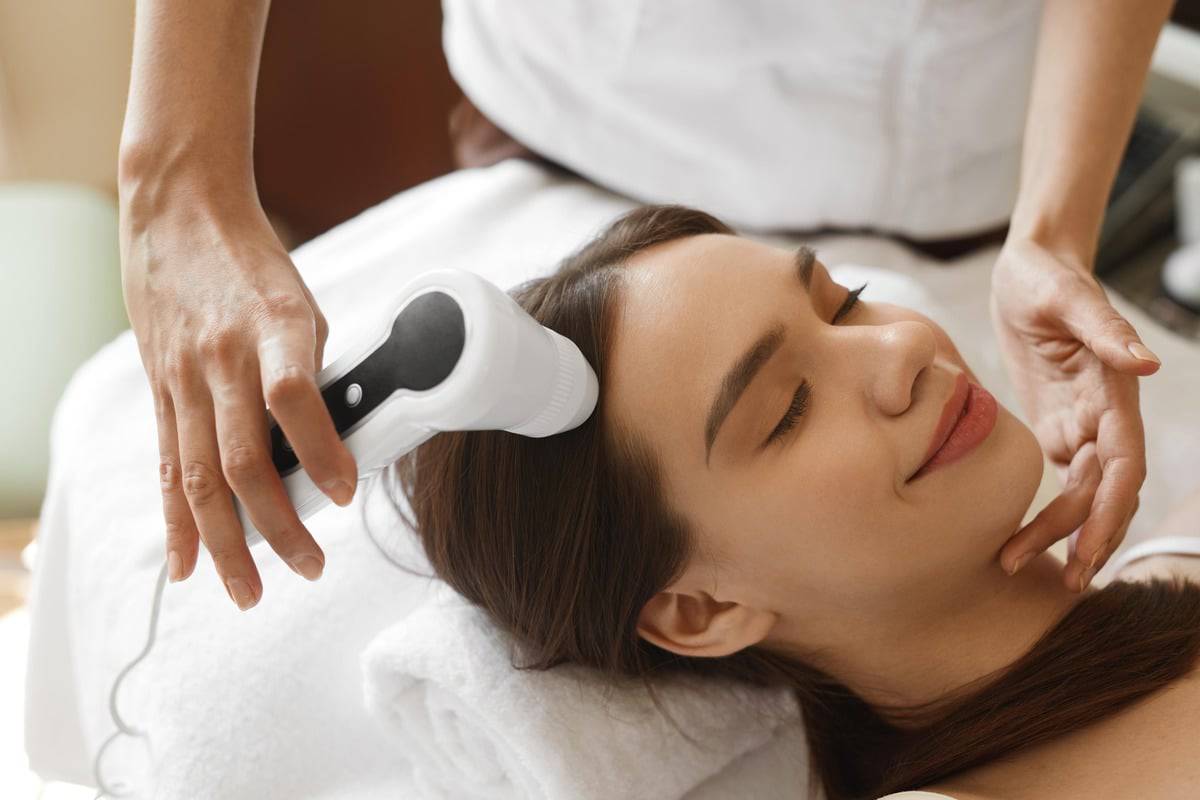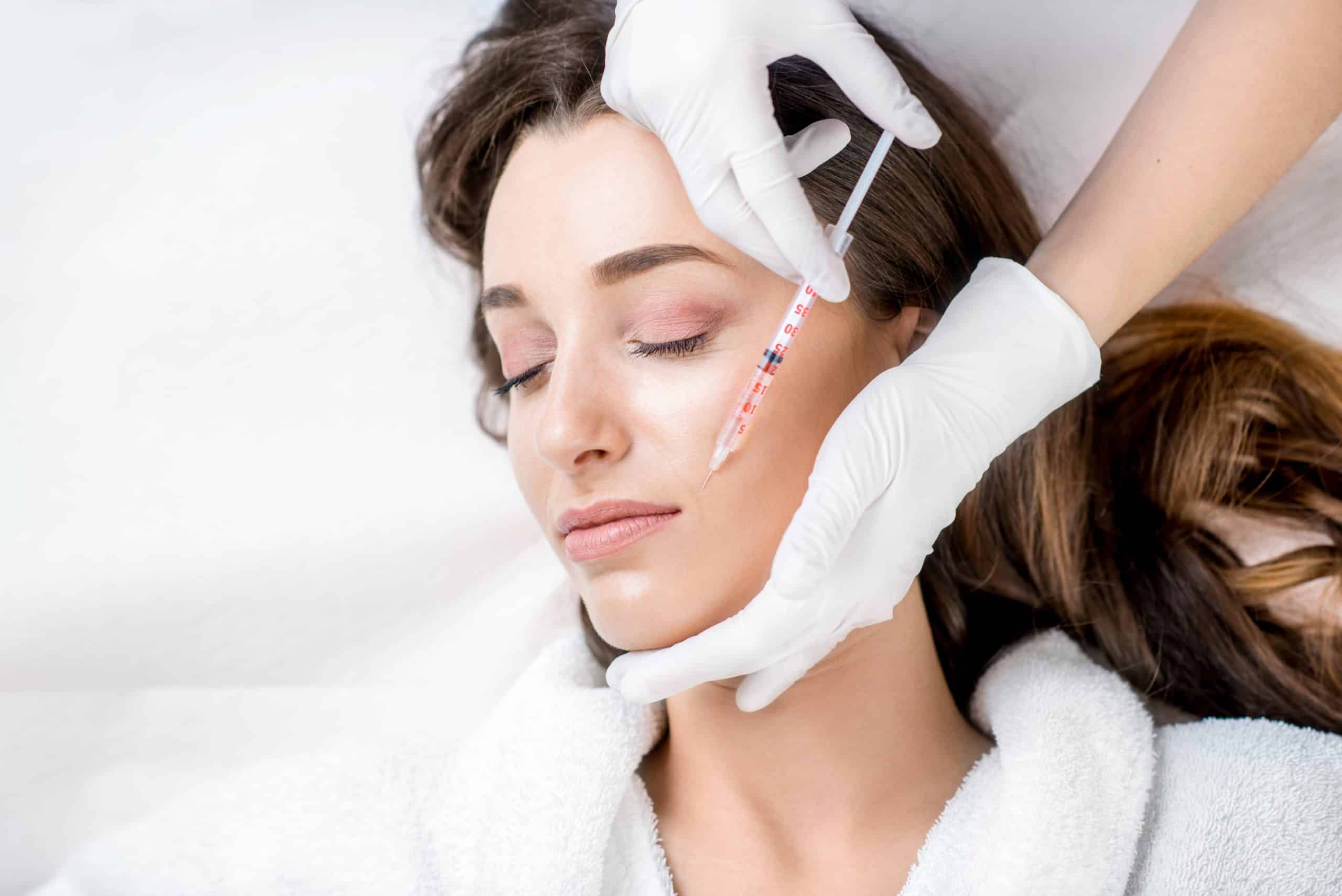As many people try to combat skin problems, the help of traditional facials can help relax and rejuvenate the skin. Traditional facial is a treatment that is quick, easy, and an excellent way to improve skin appearance while also slowing the aging process for people with generally healthy skin. Regardless of age, it is good for people of all types of skin who want to renew their skin with a single treatment.
What Are The Basic Steps To Traditional Facial?
Here are the basic steps to a traditional facial:
- Consultation. A facial should begin with a consultation. The patient will fill out a form with questions about the drugs and supplements taken, skin concerns, diet, water intake level, and products they use.
- Cleansing. Typically, the best aesthetician starts by wrapping the hair to keep product off of it. Moreover, the first step is thorough cleansing using cotton pads.
- Skin Analysis. Depending on whether the patient has make-up on, the aesthetician might look at the skin under a bright lamp first or covers the eyes and looks at the skin through a brightly lit magnifying lamp. They must determine the basic skin type (dry, oily, combination, sensitive or normal) and skin conditions (acne, blackheads, whiteheads, aging, sun damage, dehydration, etc.) And then, the aesthetician chooses the appropriate products and treatments.
- Steam. Indeed, the best facials use a machine that directs a thin vapor of warm steam to the face as the sweat it produces will clear the pores. This will relax and help soften any black and whiteheads to be extracted. The aesthetician may not use steam or skip this process for those with very sensitive skin.
- Exfoliation. This can either be a mechanical or chemical exfoliant. Usually used in the steam, mechanical exfoliants have a gritty texture that rubs away the surface of dead skin cells. On the other hand, chemical exfoliation uses enzymes and acids to loosen the bond between skin cells, and a gentle enzyme treatment can be done during the steam.
- Extraction. This part includes the process of removing blackheads or whiteheads. However, some people have different pain tolerance for extractions. To receive the best result from the facial, an individual may want to tough through the discomfort.
- Facial massage. This is the best part of any facial that uses classic strokes like effleurage to relax and stimulate the skin and facial muscles.
- Facial mask. A facial mask is targeted to the skin type (dry, oily, combination, sensitive, mature) and condition. During the facial, the aesthetician will likely stay in the room and give a scalp massage or other service.
- Final application. The last process involves the application of toner, serums, moisturizers, and sunscreen.
What Are The Benefits Of A Traditional Facial?
Facials make the skin glow.
When the skin’s blood vessels suffer from poor circulation, the skin may look pale. Facial treatments boost blood flow, vascular function, and circulation underneath the skin, which increases oxygen flow to the skin cells. Also, facials will help ensure that blood circulation is always healthy.
Younger-looking skin
Facial treatments can reduce the appearance of aging signs by plumping up the cells, smoothens fine lines, and hydrates dry skin. They also promote the production of collagen, the protein fibers responsible for skin elasticity. It also prevents future signs of aging, such as sagging and wrinkling, diminishing the appearance of sun spots and hyperpigmentation, and making skin appear firmer and tighter.
Facials decrease puffiness
Unsightly ruddiness and puffiness are due to fluids, and waste often accumulates under the skin. Facials stimulate the lymphatic system, eliminating toxins and excess water from the body.
Deep cleansing
A facial treatment offers to cleanse, detoxify and unclog the pores on a deeper level than doing it alone. Additionally, this helps prevent blemishes and breakouts that can permanently damage the pores.
Deep exfoliation
Since deeper exfoliation is part of the process, it helps eliminate the dead skin cells that make the skin look dull. Deep exfoliation paves the way for skin cells to regenerate so that skin looks newer and younger. Indeed, it smooths skin and allows for better penetration of skincare products while improving skin texture.
Expert advice
Expert advice on skin issues is one perk of facial treatments. An aesthetician can assess the skin using a super magnifier, diagnose common problems, and recommend products. Since the skin is constantly evolving, they can re-evaluate how often one should receive facial treatment.
Facials can make you feel relaxed.
Stress has been shown to cause various skin issues, including acne, dermatitis, and psoriasis. Facials relieve stress and promote peace of mind.
They relax the senses and rejuvenate the skin while providing some calming, undivided attention to yourself. It’s like a mini-vacation, with indulgent pampering that is good for the body, mind, and soul.
How To Take Care Of The Skin After A Traditional Facial?
Post-treatment breakouts and irritation are possible if the products used are too harsh for the skin or if the pores aren’t appropriately cleaned. To minimize redness and blemishes following a facial, always follow any specific instructions the aesthetician gives and cleanse the skin with a gentle, non-comedogenic cream or foam.
Also, it’s best to skip toner for the first few washes after the facial, as the freshly cleaned skin doesn’t need it. Because the skin may feel sensitive following a facial, avoid harsh cleansers and vigorous scrubbing for 48–72 hours following the treatment.
How Often Should You Get A Facial?
How often one should get a facial depends on various factors, including skin type, skincare needs and goals, and facial treatment type. Sensitive, dry, oily, and mature skin will react differently to face masks and facials. Nonetheless, here are factors to consider regarding how many facials one should get.
- Seasonal weather conditions. Depending on where the patient lives, the skin may have different needs during dry winter than in humid summer months.
- Timing the facials. How often to get a facial depends on the type and strength of the facial treatments received. Deeper peels have a longer recovery time and can be applied less frequently.
Final Thoughts
Since facial treatment is the second most popular spa treatment after a massage, people get them for different reasons to nourish and pamper their skin. Remedy Aesthetics And Wellness offer HydraFacial MD® that uses state-of-the-art medical technology to complete today’s most highly talked about skin treatment. Ultimately, the HydraFacial is more than just an automated skin cleansing treatment but also a relaxing, non-surgical procedure capable of exfoliating, extracting, and hydrating the skin.



